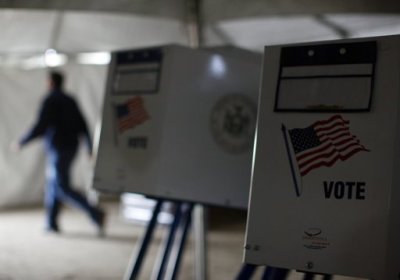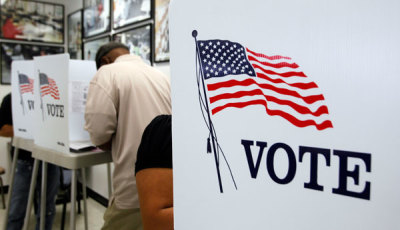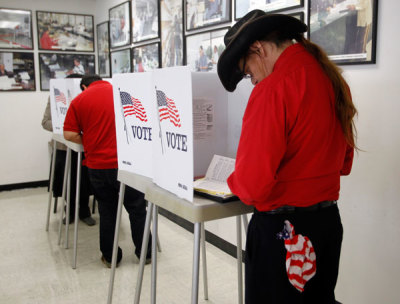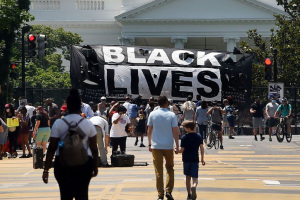2012 Election: What to Look for in the Exit Polls
The winner of Tuesday's presidential election will be determined, in part, by how well each candidate performs among certain demographic groups. The exit polls will also provide some evidence of whether the different strategies of the candidates had any impact.



Here is what to look for in the exit polls:
Women
President Barack Obama's campaign made direct appeals to women voters. It ran ads about abortion, contraception and equal pay laws as part of this strategy.
The gender gap (women favoring Democrats, and men favoring Republicans) is one of the most durable partisan differences in American politics today. There has been a marriage and gender gap as well, with married women favoring Republicans and single women favoring Democrats. In 2008, though, Obama was able to win among married women with children, which helped him win the election.
In this election cycle, "Walmart moms" have been one of the key swing votes, and may determine the winner is some battleground states.
Catholics
Catholics are usually close to evenly split between Republicans and Democrats. Whichever candidate wins the Catholic vote usually wins the election. Republicans typically get a majority of the white Catholic vote while Democrats often get a majority of the Latino Catholic vote. In 2008, Obama won about 54 percent of the Catholic vote.
The Obama administration has been in a heated political battle with the U.S. Catholic Church and Catholic organizations over the birth control mandate. Many Catholics organizations and companies have sued the Obama administration, arguing that the mandate violates their religious freedom. What impact will this have on the Catholic vote?
Latinos
Latinos are the fastest growing of any large race or ethnic group in the United States. Both campaigns have made a concerted effort to woo Latino voters.
In 2008, Latinos comprised nine percent of the electorate and 67 percent of them voted for Obama. This election, they will likely be a larger portion of the electorate and may vote for Obama in larger numbers than in 2008. If Obama wins re-election, the Latino vote may be one of the key reasons.
Evangelicals
White evangelicals have been an important base for the Republican Party. In 2008, evangelicals were about one in four voters (26 percent) and about 74 percent voted for McCain. Some pundits have wondered whether evangelicals will turnout in high numbers for Mitt Romney because he is a Latter-day Saint, or Mormon.
Suburbanites
Urban voters typically favor Democrats; rural voters typically favor Republicans. The suburbs tend to be the swing regions of the country. Whichever candidate wins suburban voters will probably win the election. In 2008, suburbanites were 49 percent of the electorate and Obama won them by two percentage points, 50 to 48 percent.
Partisan Composition
The partisan composition of the electorate will be an indicator of which campaign had a better "get out the vote" operation. In 2008, a strong Democratic turnout helped Obama win. The electorate that year was 39 percent Democratic and only 32 percent Republican. If the electorate has about the same number of Democrats as Republicans this year, independents will likely decide the outcome.
Concerned About the Economy
Romney's main campaign message has been that he is the candidate that can create jobs and improve the economy. The vote choice of those who say they are concerned about the economy will indicate whether this message had resonance.
In 2008, there was a financial collapse the month before the election. Fifty percent of the electorate said they were "very worried" about economic conditions and Obama won these voters by 22 percentage points, 60 to 38 percent.
Note: All data cited is from CNN's 2008 election exit polls.




























